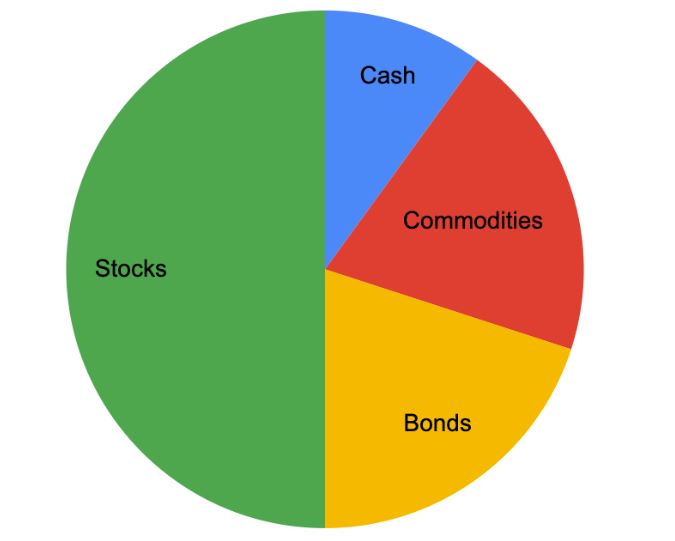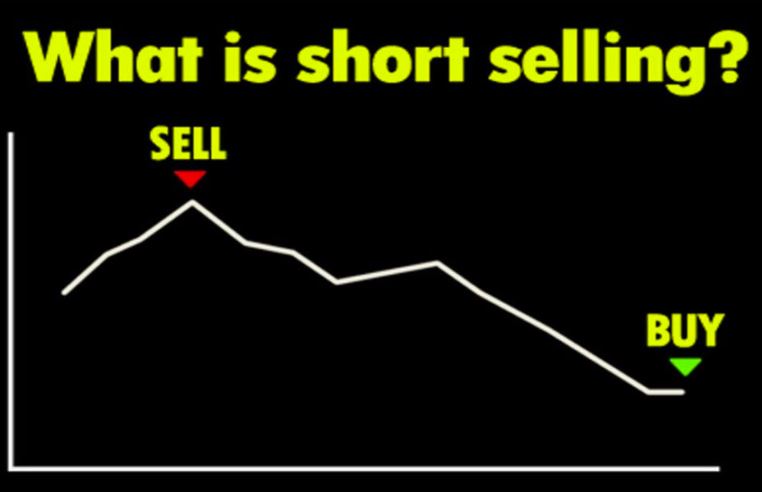It’s no secret that the stock market is a roller coaster. One day it’s up, and the next it’s down. This can be especially challenging for investors when there is a bear market. A bear market is a time when the stock market is dropping and investors are losing money. It can be tempting to sell all of your stocks and wait until the market goes back up. However, if you do this you could miss out on some great opportunities. In this article, we will discuss how to invest in a bear market and stay ahead of the curve!
As well as answer the questions:
- What is a bear market?
- How did we get into this bear market?
- What are some risks associated with bear markets?
- How can investors protect themselves during a bear market?
- What opportunities exist for investors during a bear market?
- What should investors avoid doing during a bear market?
- How long do bear markets typically last?
- What happens after a bear market ends?
- Are there any benefits to investing in a bear market?
- How can we learn from bear market history and profit today?
What is a bear market?

A bear market is a time when the stock market is dropping and investors are losing money. It is technically defined as a decline in the stock market of 20% or more from its previous high.
How did we get into this bear market?
The current bear market began in February 2020. The stock market had been on a long bull run since 2009, but it came to an abrupt end when the COVID-19 pandemic hit. The market has been volatile since then, with sharp downturns.
The printing of money for stimulus programs has led to inflation, which was recently pegged at 9%! To curb inflation, the Fed has raised interest rates, which has put a damper on the stock market and the economy.
What are some risks associated with bear markets?
There are several risks associated with bear markets:
Investors may lose money if they sell their stocks during a market downturn.
As soon as we enter bear market territory people get scared. They realize that they just lost a lot of money, and fear they will continue to lose more. This can be catastrophic as they then sell at market lows.
Instead, investors should have a long-term outlook and ride out the market volatility. They should be buying when prices are low and stocks are on sale. Many investors don’t have the stomach for risk and will pull their money out of the market, missing out on the rebound when it comes.
Bear markets can last for a long time
The longest bear market in history was from 1929 to 1932, lasting for about three years. This was during the Great Depression.
The average bear market lasts for about 13 months, but some have lasted for much longer. For example, the bear market from 2000 to 2002 lasted for about 30 months. The bear market from the 2008 financial market crash lasted for about 15 months.
How can investors protect themselves during a bear market?
There are several things that investors can do to protect themselves during a bear market:
Have a diversified portfolio that includes stocks, bonds, and cash.

This will help to protect your portfolio from losses. When you are only in stocks, you are more exposed to market volatility. So you should always have some cash on the sidelines to take advantage of buying opportunities when the market is down.
Rebalance your portfolio
This means selling some of your winners and reinvesting the proceeds into assets that have been lagging. This will help you to stay diversified and protect your gains.
Also, you don’t want to do this after a stock market crash as that is too late. You want to do this when the market is up and you can lock in gains.
Have a financial plan and set of rules that you stick to
The best way to navigate a bear market is to have a financial plan and set of rules that you stick to. This will help you stay disciplined and avoid making impulsive decisions.
Invest in quality stocks that pay dividends
Dividend-paying stocks tend to be less volatile than non-dividend-paying stocks. And they can provide a source of income during a bear market.
What opportunities exist for investors during a bear market?
Several opportunities exist for investors during a bear market:
Buying stocks at a discount
This is a great time to buy quality companies that are on sale. Remember, you can only do this if you weren’t fully invested in the market before the crash!

Selling short
This is when you sell a security that you think will go down in price and buy it back at a lower price. Selling short is only recommended at the start of a crash or soon after since it is a high-risk move. At this time you likely will have a few months, as long as you know it is a true bear market, before having to be too concerned about the market bouncing right back quickly and skyrocketing up.

What should investors avoid doing during a bear market?
There are a few things that investors should avoid doing during a bear market:
Keep your emotions in check and don’t panic
It can be easy to get caught up in the emotion of the market. But you need to keep your emotions in check and make decisions based on logic and reason. Don’t panic and sell everything. This is the worst thing you can do. Selling all of your stocks will only lock in your losses.
As we mentioned before, you want to have a long-term outlook and ride out the market volatility.
Don’t try to time the market.
Just as knowing when a bear market is going to occur, predicting the bottom of a bear market is impossible. This is why it is always best to have a long-term plan. I like to look at long-term historical charts.
When we are at a high and 10% over the historical trend line I like to only be in the market at max of 60-70%. Again there are many factors to consider including risk tolerance, your age, and how much money you have.
When we are at 10-20% or more below the historical trend line I like to be all in. When I say all in, I’m talking about 85-90% in and not 100%.
You’re better off sticking to your investment plan and holding onto most of your stocks versus trying to time the market.
How long do bear markets typically last?
Bear markets can last for months or even years. The current bear market began in February 2020 and is still going on.
The longest bear market in history was from 1929 to 1932, lasting for about three years. This was during the Great Depression.
The average bear market lasts for about 13 months, but some have lasted for much longer. For example, the bear market from 2000 to 2002 lasted for about 30 months. The bear market from the 2008 financial market crash lasted for about 15 months.
What happens after a bear market ends?
After a bear market ends, the stock market will usually rebound and start to increase again. This is known as a bull market.
We can have a bull market for a short time until the stock market gets back to historical averages. The bull market can also extend and last for years.
The latest bull market began in 2009 and lasted until 2020. This was the longest bull market in history.
Are there any benefits to investing in a bear market?
Investing in a bear market has several benefits:
You can buy stocks at a discount
This is a great opportunity to invest in quality companies that are on sale. Companies like Amazon and Apple are great examples of companies that weathered the last bear market and came out stronger on the other side.
You can learn from your mistakes
If you make some bad investment decisions during a bear market, you can learn from your mistakes. This is a good time to invest in yourself and learn as much as you can about investing. IF you were using stock options or leverage and went too big take a look at what you did. Should you have used stop losses? Maybe you had too many contracts at one time. Was your percentage invested per trade too large?
You can sell short or both sides which is often even better
Selling short is when you sell a security that you think will go down in price. We often have at least a few months of downside. I like to sell both sides and be neutral once the market has dropped 20% or more.
This is a great time to sell strangles and iron condors since the stock underlying will often trade in a range for a while. Normally the reason that the stock and market crashed is the same reason the stock will not rebound back up quickly. At the same time, if it has already been hit hard and near a bottom, it will likely not fall much further.
You can make a lot of money
If you are patient and have a long-term outlook, you can make a lot of money by investing in a bear market. By buying quality companies at a discount and holding for the long term, you can reap the rewards when the market eventually rebounds.
With most people panicked by the drop, this is a great time to use leverage to go long the market. You can use LEAPS to invest in companies that have been hit hard and will likely be the first to bounce back big when the market does recover. You can learn about LEAPS here.
Be sure and go more than 1 year out since it is never certain when a market will recover. You can then adjust your LEAPS for almost nothing at 1 year DTE and you don’t even have to worry about timing the market!
How can we learn from bear market history and profit today?
While no one can predict the future, we can learn from bear market history to help us to profit today. By understanding our mistakes and what has worked in the past, we can make better decisions about how to invest in a bear market.
Some things to keep in mind:
– Bear markets typically last for months or even years. The current bear market began in February 2020 and is still going on.
– After a bear market ends, the stock market will usually rebound and start to increase again. This is known as a bull market.
– Investing in a bear market has several benefits: you can buy stocks at a discount, sell short, and invest in bearish strategies.
– There are a few things that investors should avoid doing during a bear market: panicking, trying to time the market, and making impulsive decisions.
Bear markets don’t have to be scary if you know what you’re doing. With a little bit of knowledge, you can take advantage of them and make some profits. So don’t wait until the next bear market to start learning about how to invest in one.
Let me know what you are investing in and how today!
Comments are closed.